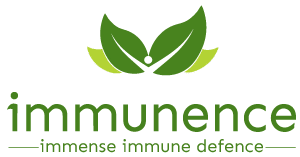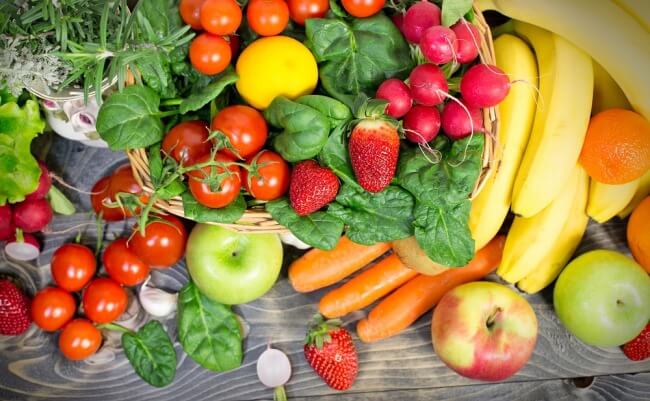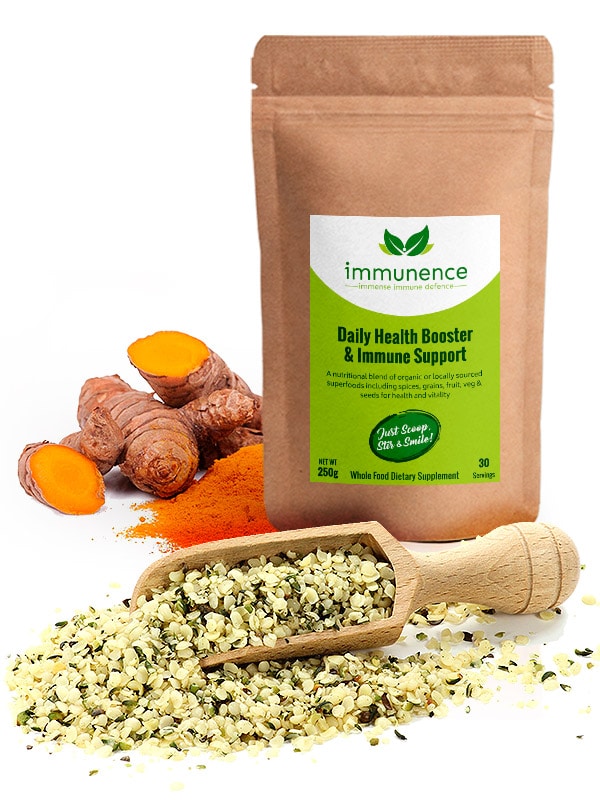Flavonoids, including around 6000 phenolic compounds, are products of the secondary metabolism of plants which can be a part of one’s diet via the consumption of many edible plants. Flavonoids can be classified into flavonols (such as quercetin, kaempferol, isoquercetin, etc., found in onions, apples, berries, kale, leeks, broccoli, blueberries, red wine and tea), flavones (such as glycosides of luteolin, chrysin and apigenin, commonly found in fruit skins, parsley and celery), isoflavones (such as genistein, daidzein and glycitein present in leguminous plants, mainly soy and soy products), flavanones (such as naringenin, eriodictyol and hesperidin exclusive of citrus fruits), flavanols (such as epicatechin, catechin, gallocatechin, epigallocatechin, epigallocatechin gallate and also polymeric forms or condensed tannins as found in cocoa and tea), and anthocyanidins (such as pelargonidin, cyanidin and malvidin, found in red wine and berry fruits). Chemically, flavonoids have a polyphenolic structure that confers antioxidant activities on them. The antioxidant properties of flavonoids have been recognized since for more than 40 years ago and, in that time (1976–2016) nearly 23,000 publications have appeared (more than 20,000 research articles and 2600 reviews) according to research in the Scopus database (searching ‘flavonoid and antioxidant’). However, flavonoid biological activities go beyond antioxidant properties, although some of them are related to these abilities. Some particular kinds of flavonoids have shown protective effects against cancer, cardiovascular diseases, gastrointestinal alterations and nervous system-related syndromes, such as depression, epilepsy, Alzheimer’s disease and neurodegenerative disease, among other pathologic conditions.
Do you want to see more articles like this? Click here!
 LANGUAGE
LANGUAGE SPANISH
SPANISH


0 Comments